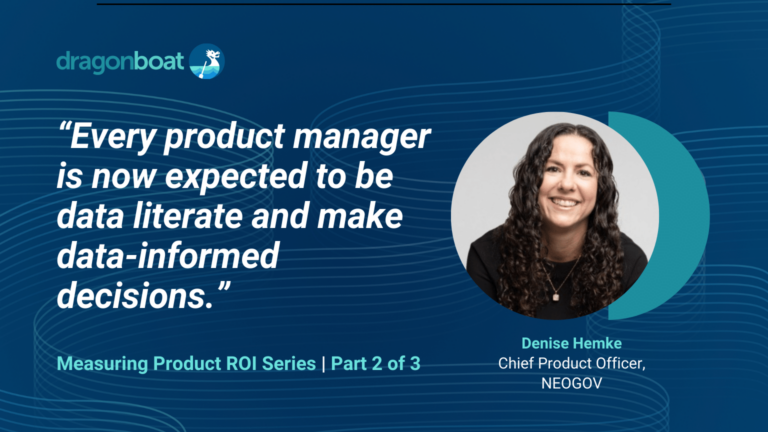A startup product manager shared her challenges in juggling competing priorities and stakeholders’ needs. So, I recommended she adopt the responsive product portfolio management framework and use Dragonboat to support its implementation.
She was puzzled, “But we only only have one product. We don’t have a portfolio. Isn’t portfolio management only for large companies with many product lines?”
Good question! Is portfolio management only for companies with multiple product lines?
A Digital Product is a “One Product Portfolio”
While traditional portfolio management applies to multiple independent products a user may separately acquire, a digital product is a “one product portfolio” as it’s typically a bundle of products for multiple use cases and markets.
For example, Google Search is a one product portfolio. Within the Google Search product team, there are many product managers where each is involved in building a facet of the Google Search product within the company’s overall product portfolio.
In addition to thinking of use cases of a product with a logical separation of the portfolio, the portfolio concept in product management needs to be broadened further.
Every Product Manager Leads Multi-Dimensional Portfolios
Every PM leads their own portfolio because he or she needs to support multiple:
- Customer segments such as new, existing, enterprise, SMB, users, and partners
- Investment categories such as core/ current product, new product expansion, or product innovation vs tech platform refactor.
- Business outcomes for various areas of the company. For example, sales is pressed by prospects’ demands, support is challenged by existing customer issues and feature requests, marketing needs to align product with market positions and competitive differentiators, the technology team needs to address upgrades and technical debts, and product has product visions and innovations.
Making product and prioritization decisions for these competing needs, the portfolio management skill becomes essential.
The concept of product portfolio management is inspired by the financial world where,
Portfolio management is the art and science of making decisions about investment mix and policy, matching investments to objectives, asset allocation for individuals and institutions, and balancing risk against performance. Portfolio management is all about determining strengths, weaknesses, opportunities, and threats in the choice of debt vs. equity, domestic vs. international, growth vs. safety, and many other trade-offs encountered in the attempt to maximize return at a given appetite for risk.
Every product manager is constantly facing decisions about the product investment mix to maximize the desired outcome. This is essentially portfolio management in practice.
For product managers, the art of portfolio management is even more challenging than financial portfolio management because the definition of the best outcome is much broader than monetary value, while the invested capital (resources) is also more complex than monetary (more complex than ROI).
Now you can see the same roadmap could be 3 or 4 different types of portfolios based on how you view them. How do you use this information?
- Prioritize and allocate accordingly – for example a newer product may focus on retention to increase stickiness and then you will focus on acquisition as you now have “keep retention under control”. Then you may move to efficiency and so on. Understanding the state of the product helps to decide where to focus and be intentional on investing your product features and team capacity towards each.
- Effectively and quantitatively balance competing stakeholder demands. The failure to do so was called “peanut buttering” in the famous Yahoo memo.
- By looking at different dimensions, you will not unintentionally miss key strategic vectors when you linearly prioritize features.





